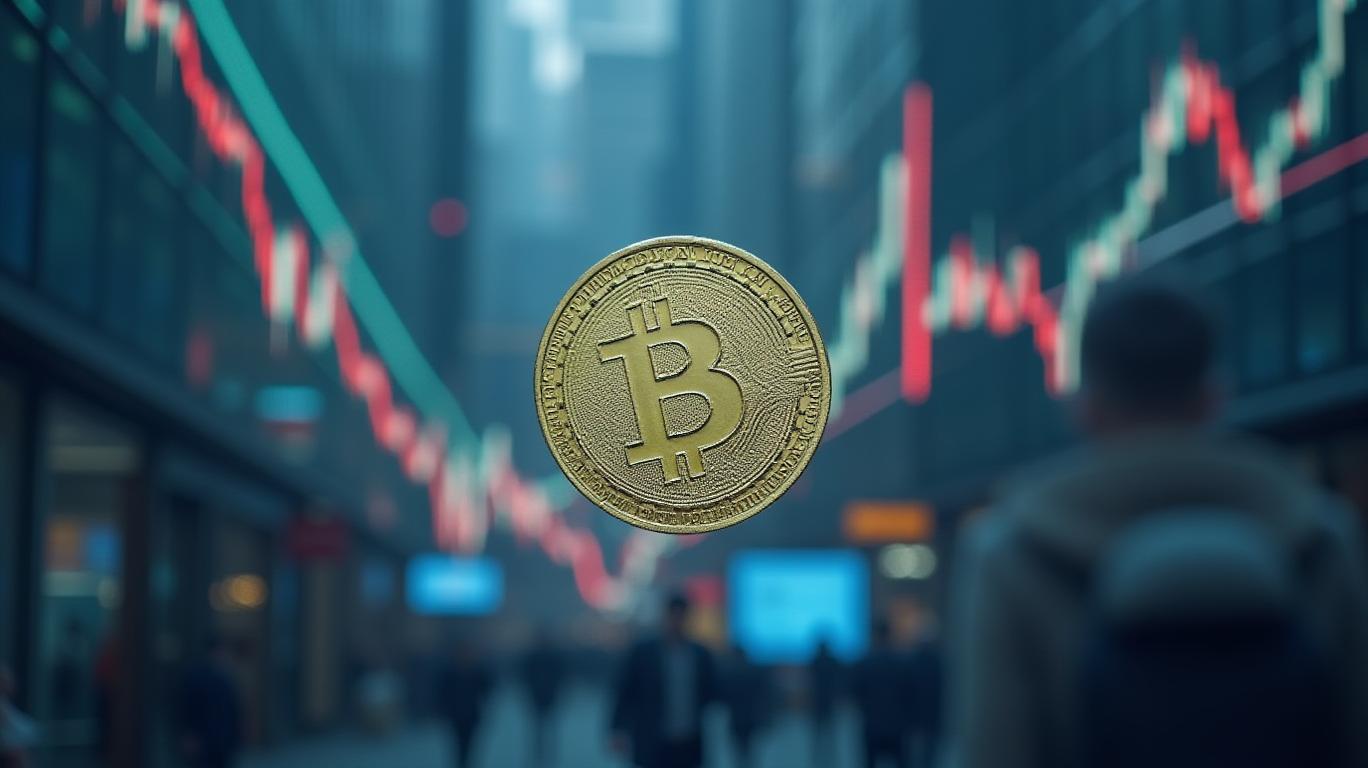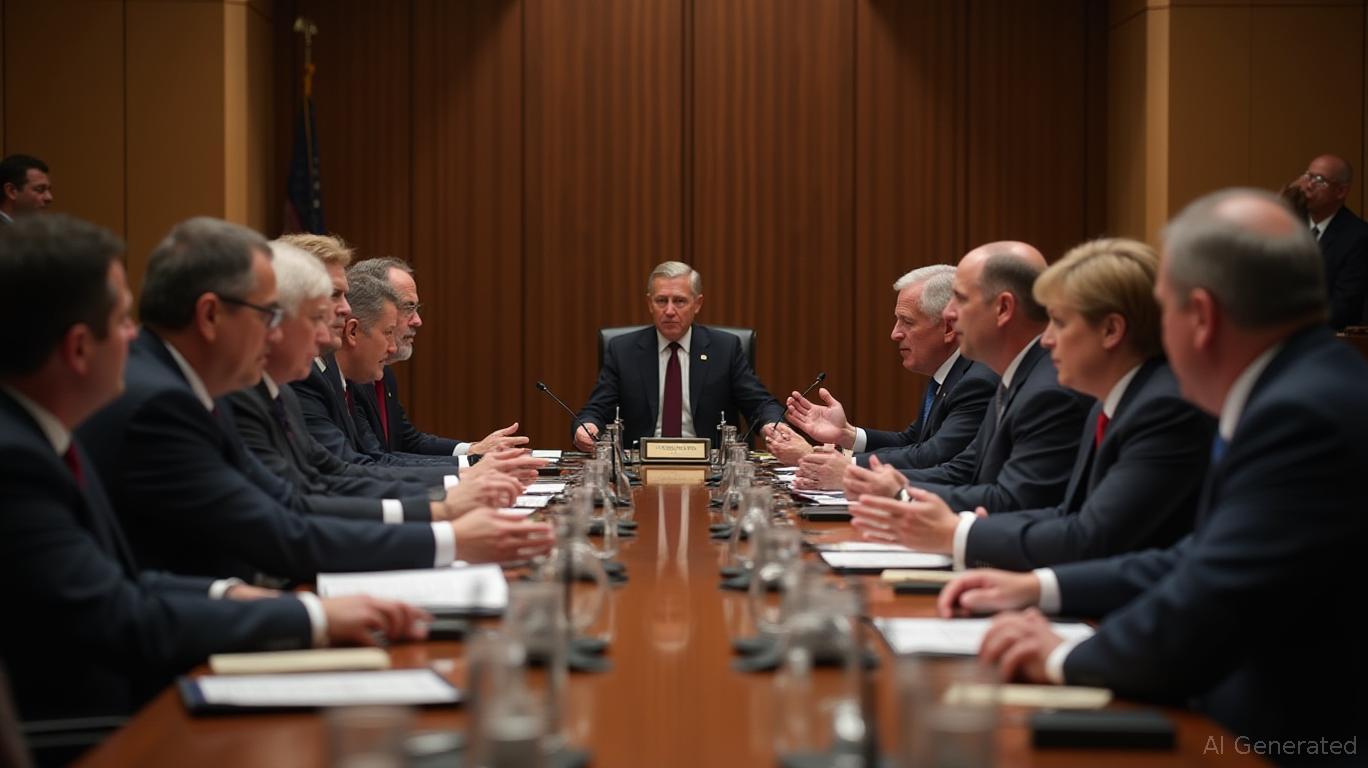Hong Kong's $46.5 Billion Currency Intervention: A Wake-Up Call for Investors
The Hong Kong Monetary Authority (HKMA) just dropped a financial bombshell by selling HK$46.5 billion into the market—a move triggered as the Hong Kong dollar breached the strong end of its trading band against the U.S. dollar. This isn’t just a technicality; it’s a critical signal for anyone invested in Asian markets, real estate, or banking stocks. Let’s unpack what’s happening here and why it matters.

The Mechanics of Hong Kong’s Currency Peg
Hong Kong’s currency is tied to the U.S. dollar in a linked exchange rate system, designed to maintain stability. The HKD trades within a narrow band of 7.75 to 7.80 per USD. When demand for HKD pushes it above 7.75—the "strong end"—the HKMA steps in to sell HKD and buy USD. This action prevents the currency from strengthening beyond the band, which could hurt exporters and disrupt the economy.
The recent HK$46.5 billion sale is the largest intervention since 2020, signaling a surge in capital inflows. But why now?
What’s Driving the Strong HKD?
Two forces are likely at play:
1. Interest Rate Differentials: Hong Kong’s interbank lending rates (HIBOR) remain higher than U.S. rates, making HKD-denominated assets attractive to global investors.
2. Geopolitical Safe Haven Demand: Hong Kong’s status as a financial hub and its proximity to China’s massive economy may be drawing capital in a volatile world.
The result? Investors are piling into HKD assets, pushing the currency toward the strong end of its band. This isn’t just a short-term blip—it’s a trend worth watching.
The Implications for Investors
The HKMA’s intervention has two critical consequences:
1. Liquidity and Interest Rates
By selling HKD, the HKMA reduces liquidity in the banking system. This typically tightens credit conditions, pushing up HIBOR rates further. For investors, this means:
- Real Estate Stocks: Sensitive to rising borrowing costs, developers like New World Development (00019.HK) or Sun Hung Kai Properties (00016.HK) could face margin pressure.
- Banks: Institutions like HSBC (0005.HK) or Standard Chartered (02888.HK) might benefit from wider net interest margins if lending rates rise faster than deposit costs.
2. Currency Carry Trades
The HKD’s strength makes it a prime target for carry trades, where investors borrow in low-yield currencies (like the Japanese yen) to invest in higher-yielding HKD assets. However, this strategy carries risks:
- If the HKMA continues to intervene, the HKD could weaken temporarily, squeezing traders.
- A sudden reversal in capital flows (e.g., due to a China economic slowdown) could trigger a sharp correction.
The Bottom Line: How to Play This
This isn’t a panic button moment—Hong Kong’s currency peg has withstood crises before. But investors should:
1. Monitor HIBOR Rates: If they keep climbing, favor banks over real estate.
2. Avoid Overexposure to HKD Carry Trades: Stick to shorter durations and watch liquidity trends.
3. Look at China’s Economy: A rebound in mainland growth could sustain HKD demand, but a slowdown could reverse it.
The HKMA’s HK$46.5 billion move isn’t just about currency—it’s a vote of confidence in Hong Kong’s financial system. But remember: when capital flows flood in, they can flood out just as quickly. Stay vigilant, and let the data guide your moves.
In conclusion, the HKMA’s intervention underscores Hong Kong’s role as a global capital magnet. For now, the system holds, but investors must stay attuned to shifting rates and geopolitical winds. This isn’t just a Hong Kong story—it’s a playbook for navigating liquidity-driven markets in an era of global uncertainty.










